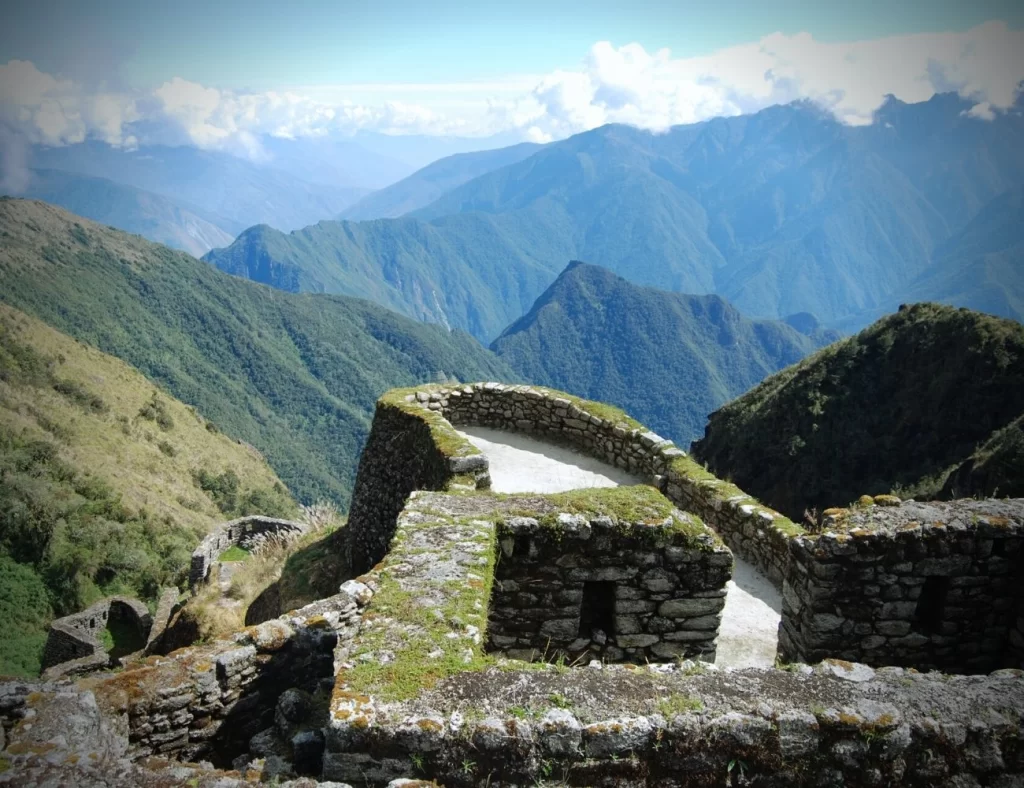The famous route of the Inca Trail, which is done on foot for four days, will allow you to know the actual route that the Incas took to reach Machu Picchu. It is a tour that in the imperial era of the Tahuantinsuyo was known as the "Qhapac Ñan" because it goes through archaeological sites of unmissable visit that are connected to each other.
It is the first tourist site that you will visit when following the Inca Trail, it is made up of buildings, squares, stairways and agricultural terraces that are spread throughout the valley.
Llactapata or Patallacta derives from a Quechua word that in Spanish means "Elevated village" because it is located high in the mountains, at 2 840 meters (8 136 feet) and belongs to the district of Machu Picchu, in the valley of Urubamba.
Another attraction you will find along the Inca Trail is the Sayacmarca Archaeological Complex, located at an altitude of 3,600 meters above sea level. Previously, it was known as "Cedropampa" because the place was full of cedar trees and after investigations the theory arises that the construction did not belong completely to the Inca Empire, on the contrary, the work of the structure was improved after the conquest of these same towards the settlers of the "Qollas".
Sayacmarca in Spanish means "Standing or dominant village" for being on the top and having enclosures on the edge of the cliff that may have had ceremonial functions and astronomical rituals. All these peculiarities impress any traveler who comes to the territory.
Recognized as the "Place among the clouds", because it is located on a mountain over 3,500 meters high, which is reached by a route of approximately 32 kilometers on foot and because early in the day you can appreciate the formation of fog around it.
It is a small city of incredible constructions in andenería system that served for Andean crops, highlights in its buildings, irrigation canals and viewpoints that give you the best view of the landscape that captures the tourist.

Wiñayhuayna (2,700 meters), comes from Quechua meaning "Forever young", inspired by the orchids that abound in the area, likewise, there are a variety of plants such as carnations, ferns, molles, eucalyptus and others that decorate the road.
In the architectural part, most of its constructions were executed on the basis of granite stones, which includes buildings that are characterized by the enclosures of the Inca, sacred temple of seven windows, water fountains for purification ceremonies and the set of cultivation terraces that are about 2 meters high.
The wonder of the world of Machu Picchu, is the most important attraction of the Inca Trail for being a sacred citadel that was built to honor the gods and where you will enter to get the view of the complex through the Sun Gate, called "Intipunku" in Quechua.


